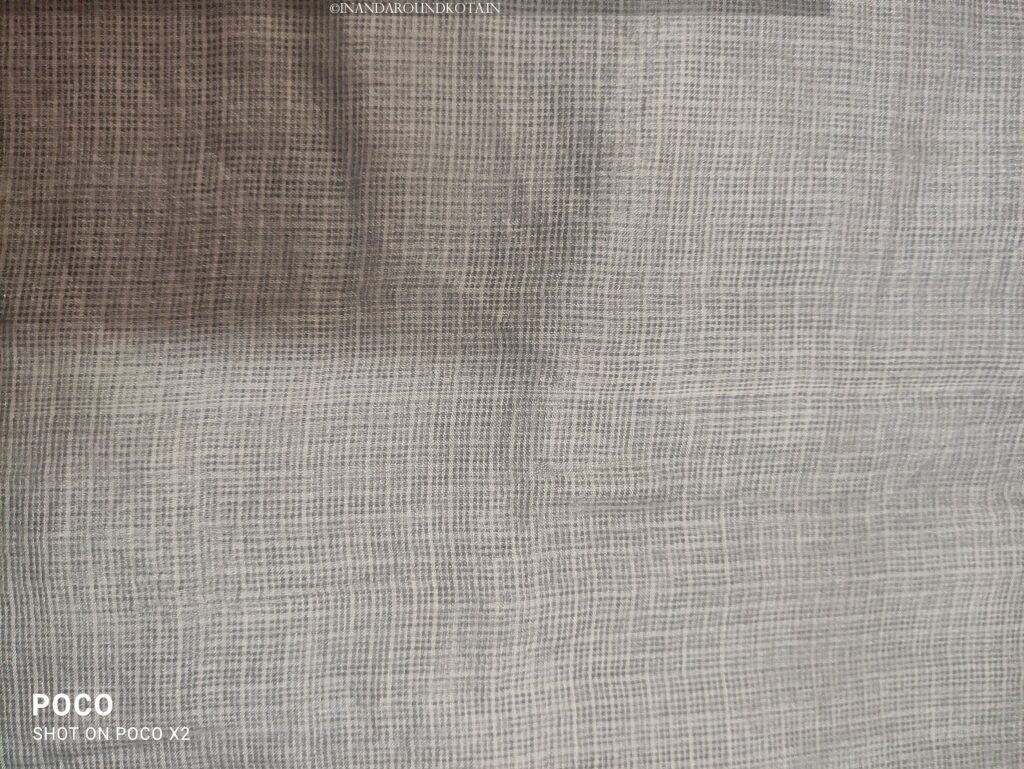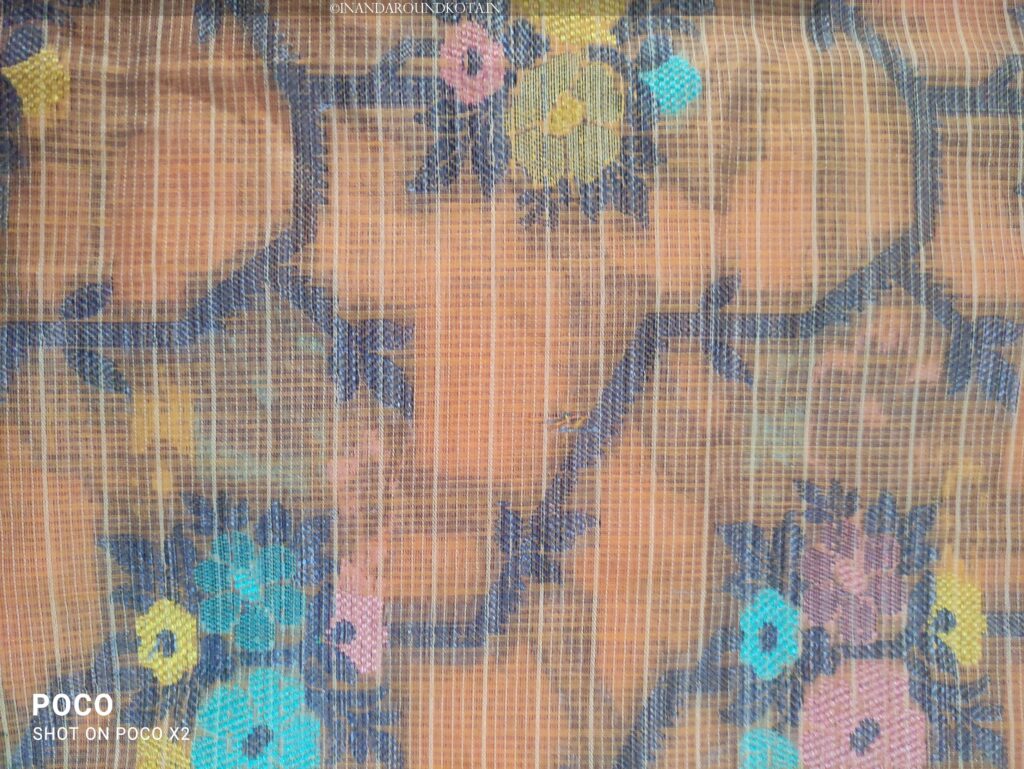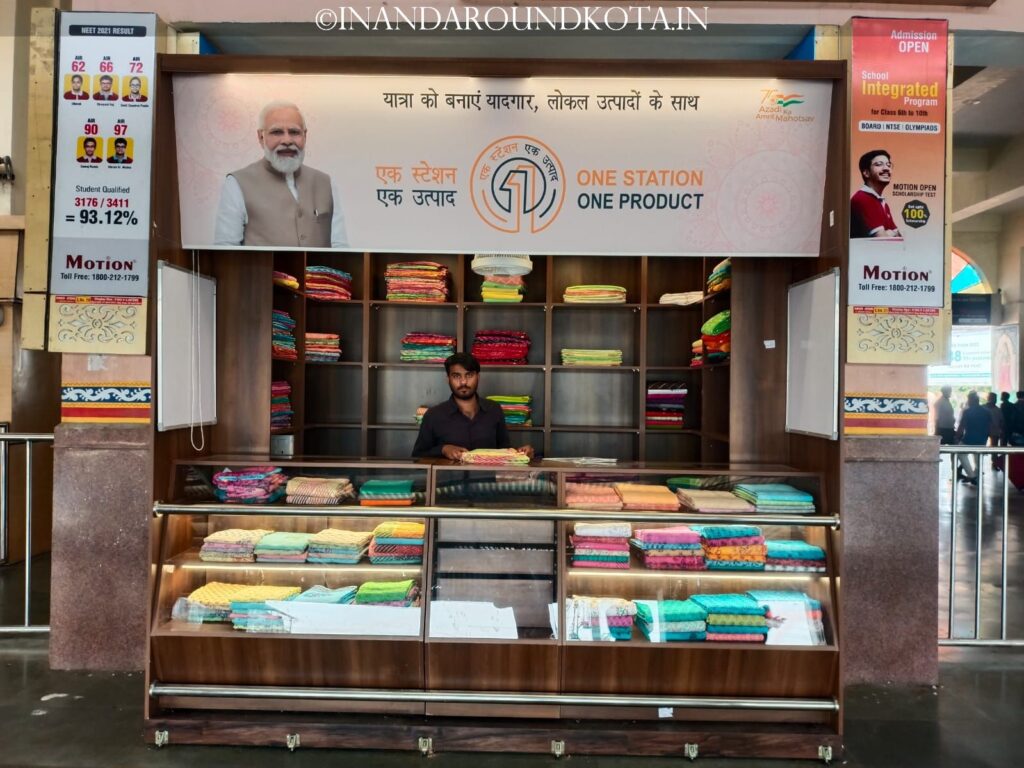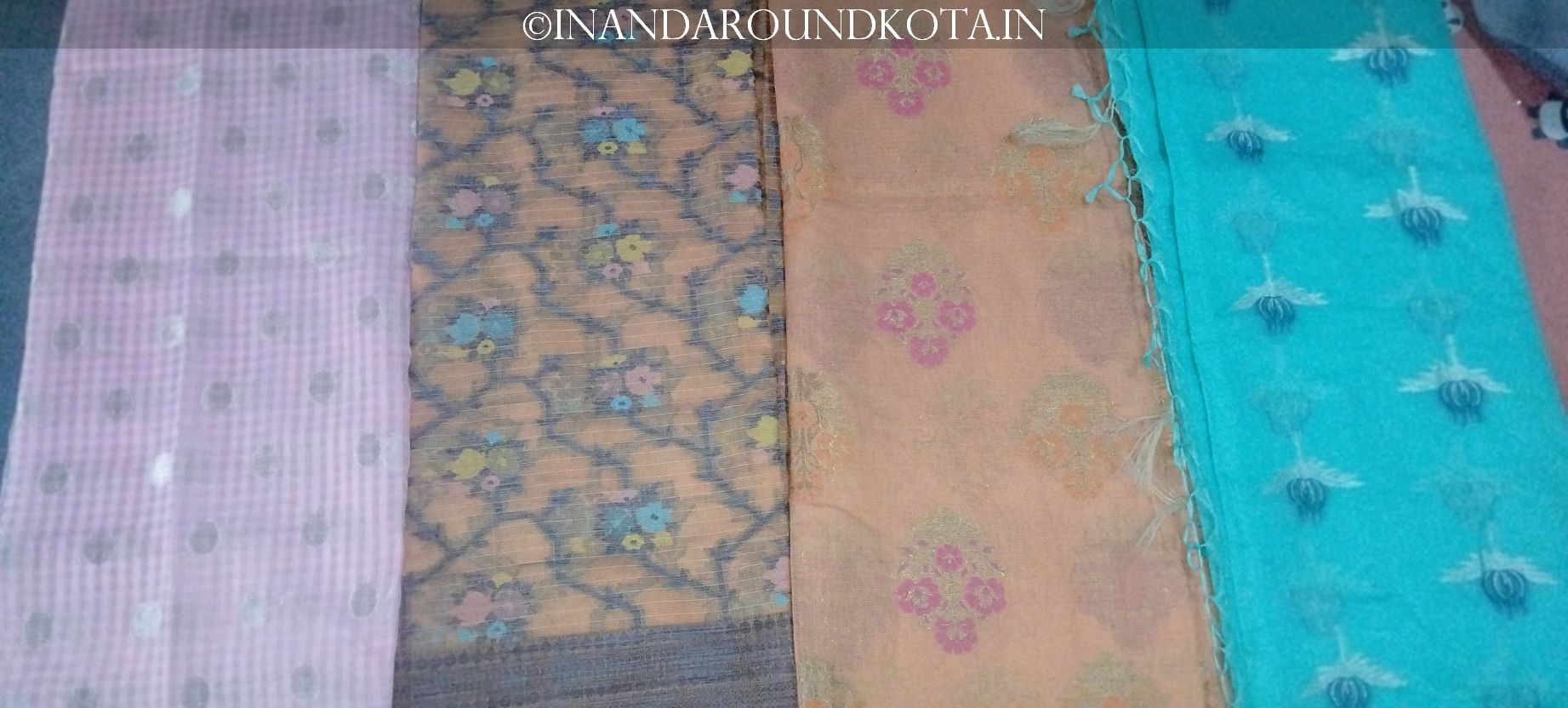Background in Brief
Saree is also refered as Sari
Sarees have been an essential element of Indian culture for a long time, and women in India have been wearing these for generations. Even today, sarees remain a crucial component of the country’s traditional attire, reflecting the country’s rich and diverse cultural heritage.
Sarees as regional heritage
Sarees serve as a representation of the wide-ranging cultural heritage of India, with various regions boasting their distinct style of saree. For instance, the Banarasi saree from Varanasi is renowned for its detailed zari work and embroidery, whereas the Kanchipuram saree from Tamil Nadu is celebrated for its heavy silk fabric and elaborate border designs.
Kota Doria Sarees
Kota Doria is a unique and handwoven fabric that hails from a small town known as Kethun on the bank of Chandrelohi river and is about 20 kilometers from Kota, Rajasthan.
Origin of Kota Doria Saree
Kota Doria saree was brought into existence by the weavers who were gifted to His Highness Rao Kishore Singh ji by the head of Mysore during his official visit in the 17th century. These weavers were settled on the banks of Chandralohi River, and it was during this time that the Kota Doria saree came into being.
Key Characterstic of Kota Doria Saree
Kota Doria sarees are crafted using a blend of 60% cotton and 40% silk, and real zari threads are also incorporated into the fabric. The manufacturing process of these sarees is complex, and it typically takes at least 15 days to produce a single piece.

The distinctiveness of Kota Doria fabric lies in its signature square-check pattern, which is locally referred to as “Khat.” The Khats are skillfully created, resulting in a translucent/semi transparent fabric.
The process of Making Saree is Explained below
The raw materials for Kota Doria saree, which are silk and cotton yarn, are brought in the form of coiled threads known as Lachha. The yarn is then spun on a spinning wheel, which gives it a twist and wraps it on the bobbin pins. After this, the yarn is put on an equipment called Bheem and then processed for dyeing, which finalizes the color of the yarn. Sizing is an intermediate protective process that prepares the yarn for weaving by applying a protective coating, which can be synthetic or natural. This gives the yarn strength to withstand the weaving tensions. Once the yarn is sized, it is put on a loom and the designing process begins, which is the last step in making the saree. The
Why Kota Doria Sarees are popular

Kota Doria sarees are popular because they are very lightweight and comfortable to wear, especially during the hot Indian summers. Moreover, they are versatile and can be worn on a daily basis as well as for special occasions.
Threat to Kota doria saree and granting of Geographical Indication tag
In the 1980s, the weavers of Kota Doria sarees faced a significant challenge due to the influx of power loom-made counterfeits flooding the market. As a result, the sales of the handwoven sarees declined sharply. However, the Government of India recognized the value of the Kota Doria fabric and granted it a Geographical Indication (GI) tag in 2005.
GI Tag has helped protect and promote the craft by ensuring that only hand-woven sarees made in the traditional manner in the designated regions of Kota, Rajasthan, can bear the Kota Doria label. The GI tag also offers legal protection against imitations and ensures that the weavers who create the fabric receive the recognition and financial benefits they deserve.

Nowadays, a logo is woven into every authentic Kota Doria saree to confirm its genuineness, and the future of Kota Doria sarees seems to be very promising. Further, The Rajasthan government’s support and encouragement of weavers have led to the revival of Kota Doria sarees, making them even more popular and in-demand than before.
Conclusion
To sum up, Kota Doria sarees are a symbol of India’s cultural heritage, known for their one-of-a-kind square-check pattern (called Khat), lightweight quality, and versatility, which have made them a sought-after choice for fashion enthusiasts.
Despite facing obstacles from counterfeit copies, the granting of a Geographical Indication tag has provided protection and advantages to the weavers. As a result, the prospects of Kota Doria sarees appear to be bright.
Refernces used
Youtube Video by PeepulTreeWorld (Live History India), many thanks to them.
